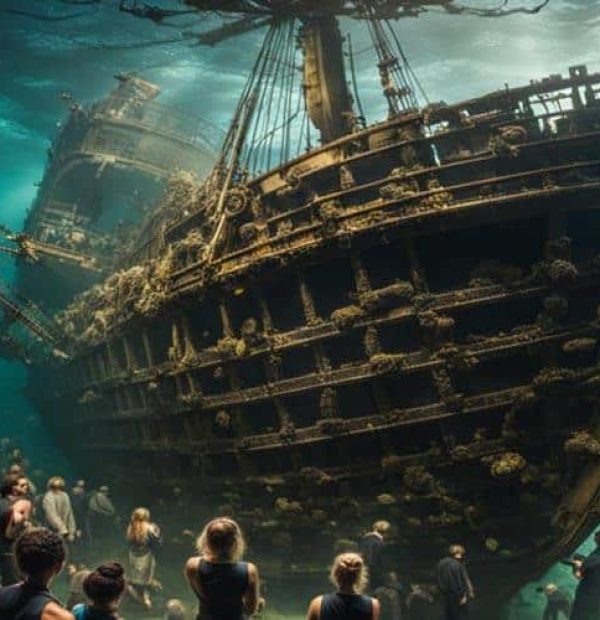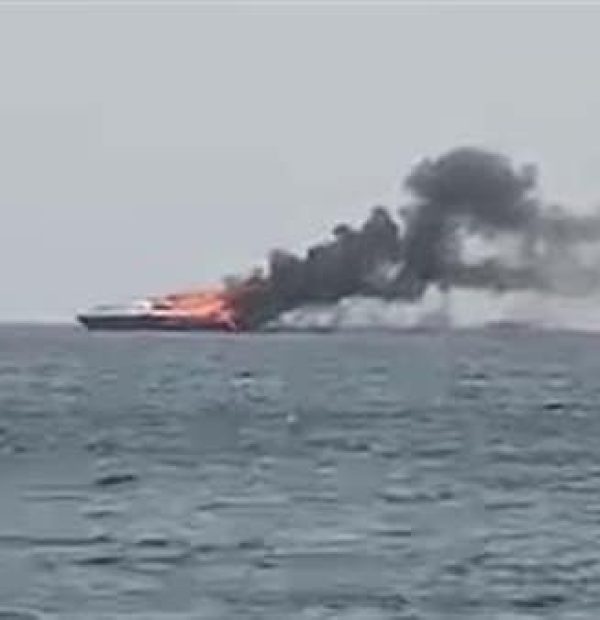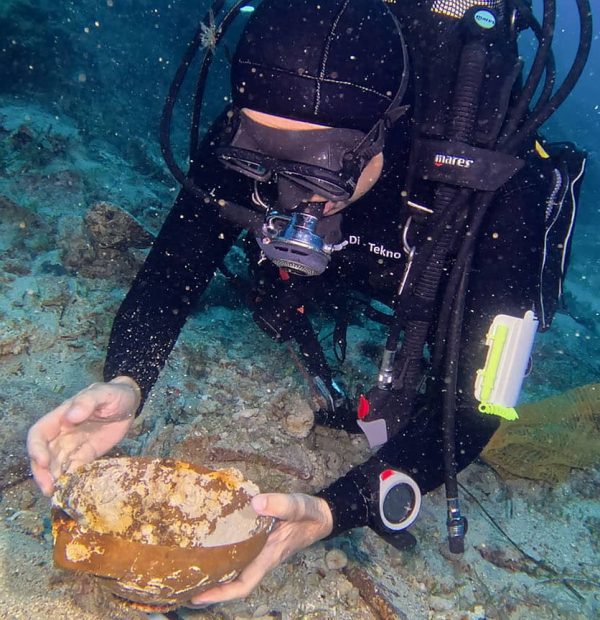Monday, 22 April 2024
Menu

Herodotus travelled to Egypt in the 5th century BC and there, in the now sunken port of Heracleion, he saw unusual boats sailing down the Nile. He immortalised them by including their detailed description in 23 lines of his account of this journey. Herodotus ‘ account has been the basis of polemics for centuries, as until now, there has been no physical evidence of the existence of the vessels described.
The magnificently preserved wreck, which was found in the sunken port of Herakleion, not only confirms the words of Herodotus of Halicarnassus, who is called the ‘father of history’, but also shows how extremely detailed and precise he was in his descriptions.
[blockquote style=”2″]”Until we discovered the wreck, we weren’t sure if Herodotus was right. But what he included in his description was exactly what we were looking at,” said Dr Damian Robinson, director of the Oxford Centre for Maritime Archaeology (OCAM), responsible for publishing the excavation results.”[/blockquote]
In 450 BC. Herodotus witnessed the construction of Baris, which he described in the following words:
[blockquote style=”2″] “The builders cut planks two cubits long (about 100 cm) and lay them like bricks (…) On strong and long tenons (pieces of wood) they put planks with a dimension of two cubits (the metric unit of the Egyptians, consisting of the combined numbers Pi and Fi). When they have built their ship in this way, they stretch beams over them… They cover the seams on the inside with papyrus. There is one rudder, passing through a hole in the keel. A mast of acacia and sails of papyrus…”[/blockquote]
Robinson also added that scholars had “made some mistakes” in attempting to interpret the legendary Greek scholar’s text without having archaeological evidence. The excavations, dubbed “Ship 17”, revealed a huge crescent-shaped hull and a previously undocumented type of construction, with thick planks connected to tenons – exactly as described by Herodotus.
Measuring up to 28 metres long, the vessel is one of the first large trading boats used by the ancient Egyptians to have been discovered to date. It is amazing, but around 70% of the hull survives, buried and well preserved in the silt of the Nile.
[blockquote style=”2″]”Herodotus describes boats as having long internal ribs. No one really knew what this meant… This structure had never before been seen in any archaeological excavations. Only the present discovery shows an example of what Herodotus wrote about. What we have here is a completely unique structure, not found anywhere else.” – added Dr Robinson[/blockquote].
Alexander Belov, whose book Ship 17: a Baris from Thonis-Heracleion, was published this month, suggests that the construction of the wreck is so close to Herodotus ‘ description that he may have drawn it up in the shipyard he visited. A word-by-word analysis of the text shows that almost every detail of the description matches the evidence found.
Source: theguardian.com
Photo: Christoph Gerigk/Franck Goddio/Hilti Foundation
[pro_ad_display_adzone id=”31298″]










Welcome to DIVERS24.COM, your daily source of scuba news, freediving, scuba diving information, and equipment reviews. Our comprehensive coverage of the dive industry from A to Z provides you with all the latest scuba news, training updates, underwater photography tips, and everything else related to scuba diving. Whether you’re a beginner or an experienced diver looking for more knowledge about scuba gear or techniques – we’ve got it covered! With our in-depth articles written by experienced divers who have been there and done that, you are sure to find exactly what you need here at Divers24.com. Dive into scuba news today!
Underwater Media Sp. z o.o.
Szafarnia 11/F8,
80-755 Gdansk, Poland
Welcome to DIVERS24.COM, your daily source of scuba news, freediving, and scuba diving information. Sign in for a weekly news update and discount coupons for dive gear and apparel.
@2023 - underwatermedia.pl. All Right Reserved. Designed and Developed by Tworzenie stron internetowych Gdansk

The Divers24 portal is currently the largest online medium treating diving in Poland. Since 2010 we have been providing interesting and important information from Poland and around the world on all forms of diving and related activities.
Contact us: info@divers24.com